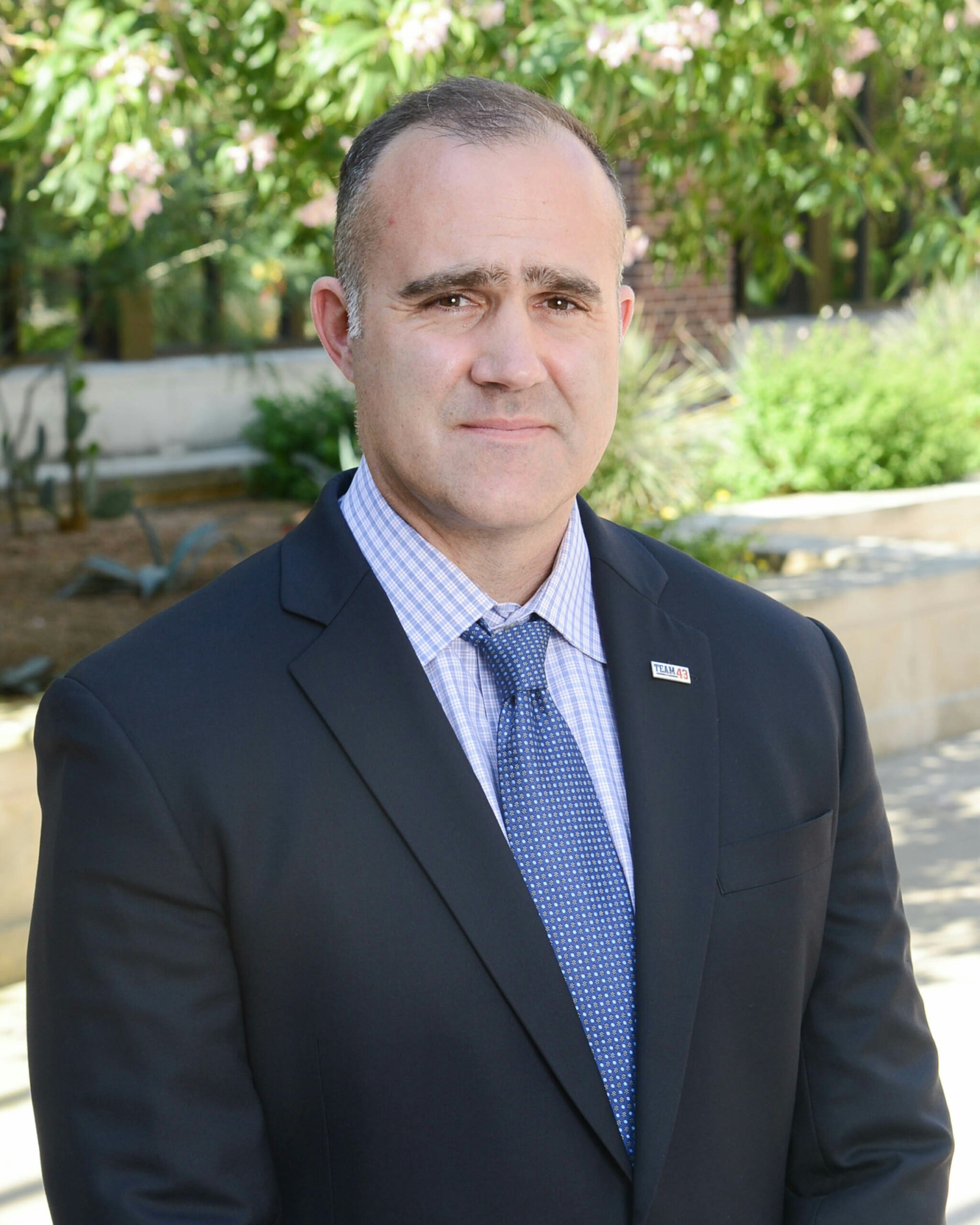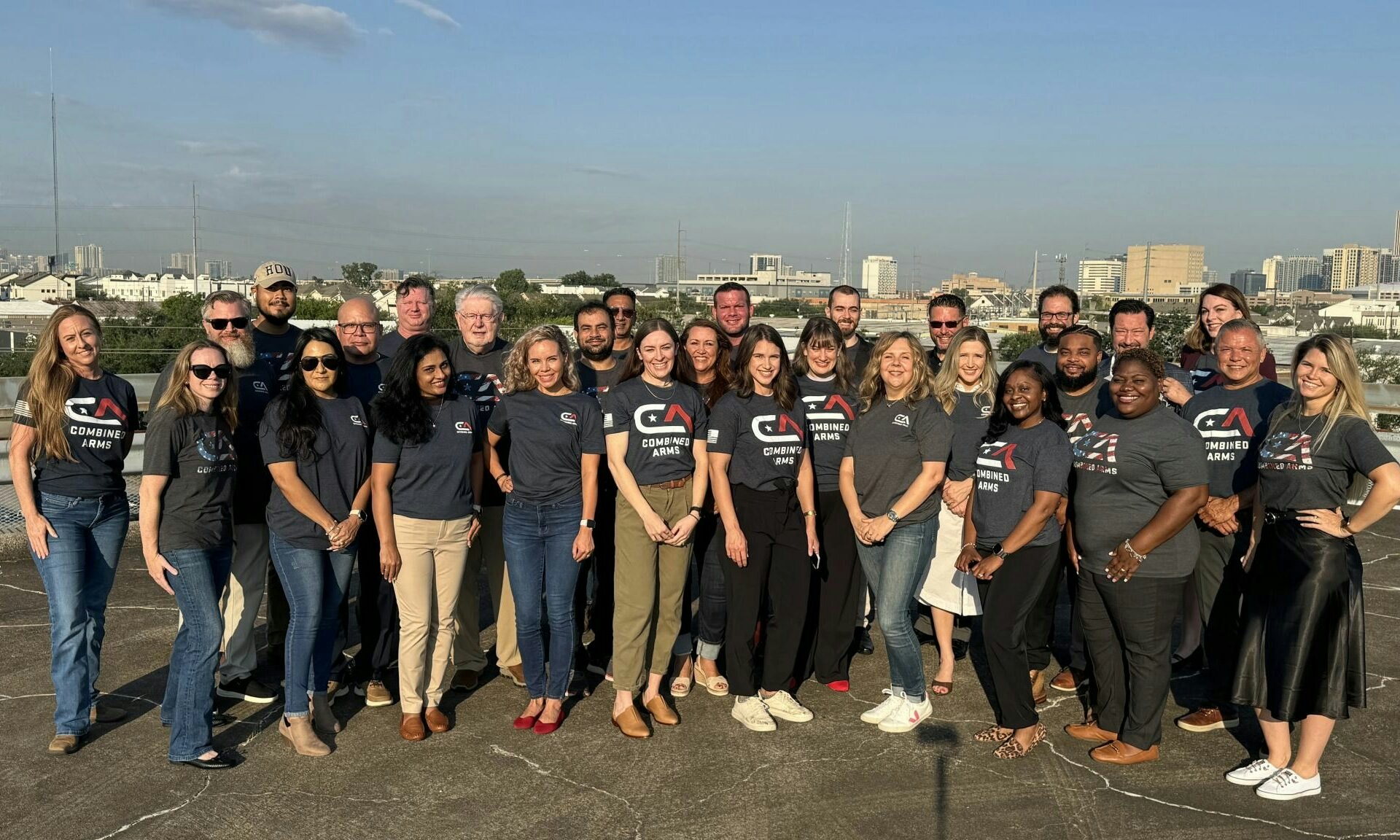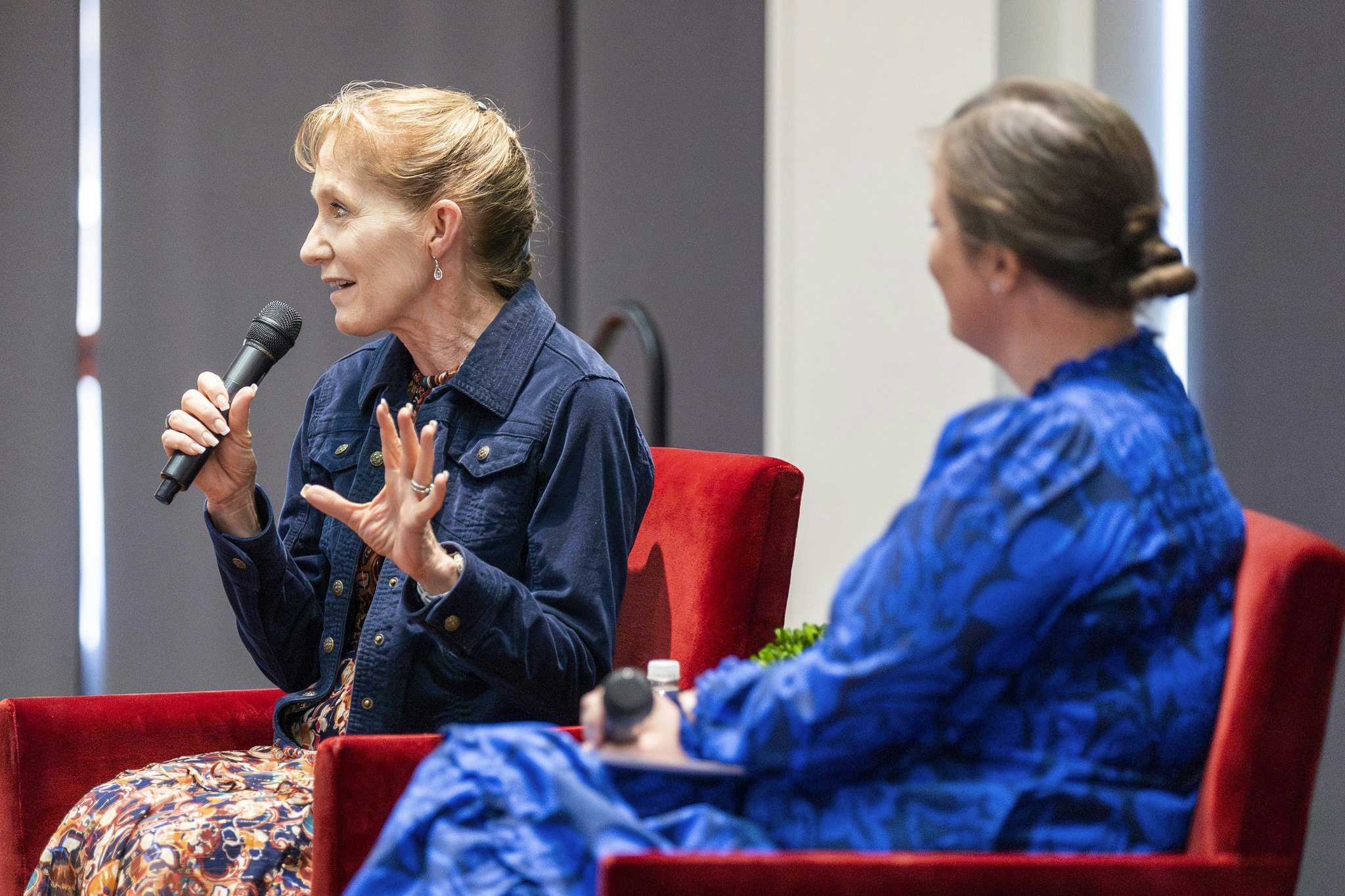Our Recommendations:
- Develop and implement a national veterans strategy
- Improve data gathering and sharing, with a focus on suicide-prevention efforts and women veterans
- Knock down licensing and certification barriers
- Provide more consistent access to broadband technology
A new presidential administration and a new Congress make this the optimal time to take a fresh look at the strategies, policies, programs, and resources that can empower veterans and their families to successfully reenter civilian life and continue to lead for years to come.
Supporting those who served our country is the right and smart thing to do. These recommendations are designed to help the Biden Administration and lawmakers focus on the right priorities and actions to achieve enduring solutions for veterans. The four recommendations highlight the need for better recognition of the issues facing veterans and their families, better connection to one another and critical support systems, and better delivery of care. While some of the recommendations are nuanced, they promote better outcomes for veterans.
Many veterans are at risk in terms of health and well-being, employment, and education. Nevertheless, they continue to give back in this time of crisis for our country and our world. Veterans have been at the forefront of COVID-19 response activities in communities across our Nation. As the United States recovers from COVID-19 and its effects, we must remain focused on the research and tools that will equip veterans and their families with the resources necessary to continue their service as leaders in our country.
We applaud and fully support the ongoing efforts of the Department of Veterans Affairs on suicide prevention and to connect veterans to resources available at the Veterans Health Administration and through public-private partnerships.
Develop and implement a national veterans strategy
The Nation needs a unified strategy to care for veterans and military families, with specific goals in terms of services and resources. Federal agencies should be at the center of this, but the strategy should focus on continued and more extensive collaboration with veteran-serving private, nonprofit, and philanthropic organizations.
The objective should be to drive services for veterans and their families that lead to positive, measurable results. Accountability and measurement must extend beyond the government to nonprofits and other organizations that strive to aid veterans.
The strategy requires a common framework that establishes the elements of a successful transition: optimizing health and well-being and leveraging meaningful education and career pathways.
To execute this, the White House should quickly reestablish an office for veterans and military families. We fully support the return of Joining Forces, a White House initiative focused on service members and veterans, a move promised by the Biden campaign.
The White House’s unique convening authority and voice can reinvigorate and refocus the key stakeholders who have continued this hard and important work. This office, with formal authorities and directives, would serve as the executive branch’s focal point for veteran and military family issues and would foster a single point of influence for the range of government entities that have a role in supporting veterans and military families. An effort positioned out of the White House could ensure alignment with the Domestic Policy Council as well as the National Security Council, to which it is inextricably linked.
A second component would be for the Defense Department to authorize the return of the Chairman’s Office of Reintegration. This office was designed as the one connection point for partners to interact with the Pentagon, rather than forcing them to engage at the service level. A high-quality all-volunteer force depends on quality transitions to the civilian sector, leading to successful outcomes by veterans who may influence our younger generations to make the powerful decision to serve. This is the life cycle the Chairman’s Office could be a key part of.
Improve data gathering and sharing, with a focus on suicide-prevention efforts and women veterans
Federal and state agencies, and private philanthropic and research entities, do not always use similar criteria when surveying and analyzing our veteran population. Public and private entities gathering data about veterans do so in silos which allow for very little cross-comparison or aggregation. This limits our knowledge of growing subpopulations of veterans, specifically women and minorities.
More attention must be given to tying data on veterans and military families to outcomes, with a renewed focus on women and other specific populations. This longitudinal data should be used to track trends over time. Through a focus on measurable outcomes, we can better understand where gaps lie and more effectively allocate resources. The first step is to establish legislative oversight to ensure supporting data is captured in a consistent way where possible. For example, the Bush Institute developed a set of common questions veteran-serving nonprofits should ask, ensuring measurement is similar across programs and organizations.
Second, allow government organizations to share nonpublished information. Specifically, begin to integrate and allow for an exchange of data between the Veterans Affairs/ Department of Defense Identity Repository (VADIR) – which contains history and payroll information on military personnel and data on their dependents – and payroll and geographic information tracked by the federal government for Social Security purposes. This will make it possible to identify unemployed and underemployed veterans at the ZIP code level almost in real time.
Third, continue funding longitudinal studies such as The Veterans Metrics Initiative: Linking Program Components to Post-Military Well-Being (TVMI) to truly understand the evolving challenges and needs veterans face during their transitions. Started in 2015 by the Henry M. Jackson Foundation for the Advancement of Military Medicine, the goal of TVMI was to identify veterans who may be at risk and then leverage public-private partnerships to better deliver transition assistance. The study was completed in July 2020.
The all-volunteer force is changing in terms of gender, race, and ethnicity, and groups supporting veterans must shift gears accordingly. Specifically, women comprise a fifth of current service members and 10% of the veteran population, with the figure expected to reach 18% of all veterans by 2040. The percentages of both Black and Hispanic service members are also increasing, with Hispanics representing the fastest-growing share, a 2019 study from the Pew Research Center showed. Without deliberate data efforts tied to their experiences and needs, it will be increasingly difficult to support them.
Knock down licensing and certification barriers
Telehealth has emerged as an effective solution in providing care to those who need it most during the COVID pandemic. However, existing regulatory limitations restrict many
providers and healthcare organizations from fully utilizing telehealth tools and resources. Two policy recommendations will help ensure that this effective service and capability endures: licensure mobility and reimbursement standards.
Many clinicians can’t work outside the state that licenses them, reducing the supply of available care. One way to address this is through more widespread adoption of the Psychology Interjurisdictional Compact, an interstate agreement designed to facilitate the practice of telepsychology. Fifteen states have enacted legislation granting licensed psychologists permission to practice telepsychology across state lines. Thirteen additional states have introduced legislation to become part of PSYPACT.
Congress should be inspired by this example to enact supporting policies at the national level – and broaden its scope to include other mental-health professions so that a more consistent standard of care can be delivered via telehealth to those in need.
Along with mental health impact, the current limitations to licensing and certification affect employment and career trajectories for military spouses; career trajectories for veterans when transitioning from the Department of Defense to the civilian sector, veteran career growth after entering the labor market, and the ability of civilian providers to meet the health concerns of veterans and their families.
Provide more consistent access to broadband technology
Access to technology is key in ensuring that veterans and their families can bridge the digital divide.
The administration and legislative members must continue the focus on access to adequate broadband technology.
Increased access to quality broadband would allow more veterans and their families to engage in high-quality remote careers, pursue remote and online educational pathways, and receive consistent, evidence-based care through telehealth and telemental health delivery.
As of 2018, 2.2 million veterans still lacked broadband connections at home. Therefore, initial policy initiatives should maintain focus on and, where possible, invest in and expand coverage for fiber optic networks where veterans live. More robust measurement systems are also needed to enable the Federal Communications Commission to more accurately determine which veteran households have access and which don’t.
For those who do have a broadband connection, a 2020 report from the FCC indicates that a disproportionate number don’t have enough bandwidth to meet their needs, so an updated definition of what adequate broadband means is warranted. Among veterans with disabilities, the figures are even more stark: A lower percentage have access to broadband technology, especially those in rural areas.
These issues are too large and too complex for any one entity to achieve alone. These recommendations will help leverage the full weight of the federal government – alongside private, nonprofit, and philanthropic organizations. Following them would continue the incredible work that has already been done in support of our veterans and their families and return enduring solutions and outcomes. Most importantly, they will allow our veterans and their families to optimize their quality of life so that the Nation can continue to benefit from their leadership in our businesses and communities.
These issues are too large and too complex for any one entity to achieve alone. These recommendations will help leverage the full weight of the federal government – alongside private, nonprofit, and philanthropic organizations. Following them would continue the incredible work that has already been done in support of our veterans and their families and return enduring solutions and outcomes. Most importantly, they will
allow our veterans and their families to optimize their quality of life so that the Nation can continue to benefit from their leadership in our businesses and communities.































